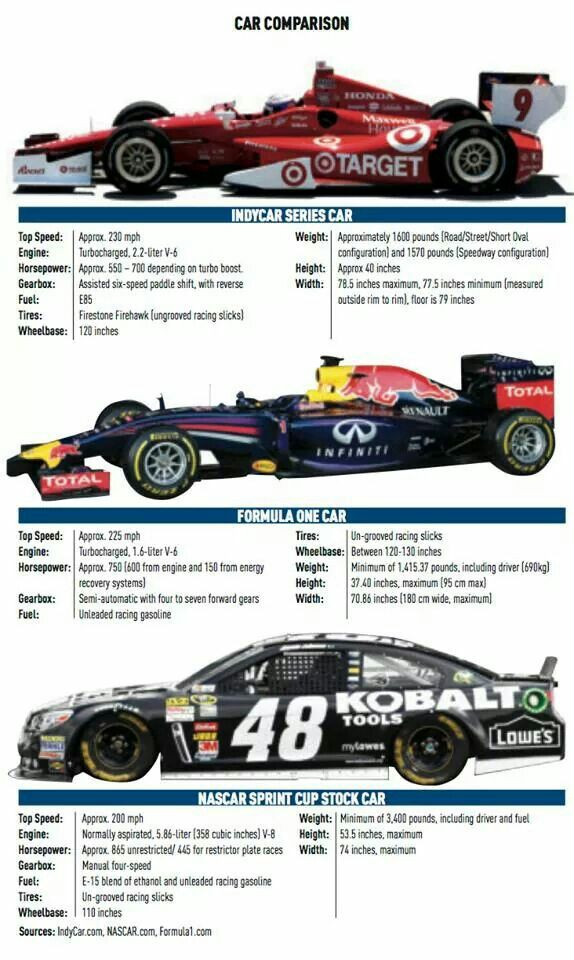I’m an avid NASCAR fan, and I love watching how quickly they change the tires during a pit stop. They look massive, but they move them so quickly! I’m curious, what does a NASCAR tire weigh?
Natalie Todoroff · Answered on Apr 21, 2022
Reviewed by Shannon Martin, Licensed Insurance Agent.
NASCAR tires each weigh 24 lbs by themselves and 27 lbs with their inner liners.
They may be lighter than they appear, but don’t let that fool you into thinking that they’re cheap—these 11.5 inch wide tires cost an average of $500 each! During a race, each team is allotted five sets of tires per race .
The rubber on NASCAR tires is unusually thin, only 3/32 of an inch. To put this into perspective, a standard car tire is normally 11/32 of an inch thick.
While you’re probably not whipping around a racecar track raking in millions from sponsorships, that doesn’t mean that your car isn’t important to you. You’ve likely invested some money in it, and you should protect your investment with the right car insurance policy—one that doesn’t compromise savings over coverage.
Finding your new policy has never been easier when you shop using the Jerry app. Jerry contacts your insurance company to get the details of your current coverage so you don’t have to scale a mountain of questions.
MORE: Does car insurance cover slashed tires?
Car KnowledgeCar Tires
View full answer
WHY YOU CAN TRUST JERRY
Jerry partners with more than 50 insurance companies, but our content is independently researched, written, and fact-checked by our team of editors and agents. We aren’t paid for reviews or other content.
Browse More Content
Car Door Latch Replacement
Emergency/Parking Brake Cable Replacement Service
What To Do If Your Gas Pedal Is Stuck
Headlight Switch Replacement Cost
Battery Light Inspection
Mercury Monterey Insurance Cost
Lexus Gs 350 Insurance Cost
Kia Sorento Base Insurance Cost
Honda Civic Sport Touring Insurance Cost
Gmc Sierra K1500 Insurance Cost
Beulah Car Insurance
Muncie Car Insurance
Willowbrook Car Insurance
Rio Vista Car Insurance
Lincoln Car Insurance
I drive a Ford F150 with an aluminum body. When I first got my truck, I was told that the aluminum wouldn’t rust as quickly as other body panel materials. However, I just moved to a city where it snows all the time, and I’m worried that the road salt will cause the aluminum to rust. How will road salt impact my Ford’s aluminum body?
When I first got my truck, I was told that the aluminum wouldn’t rust as quickly as other body panel materials. However, I just moved to a city where it snows all the time, and I’m worried that the road salt will cause the aluminum to rust. How will road salt impact my Ford’s aluminum body?
Kara Vanderbeek
Apr 21, 2022
I have HomeLink in my Ram 1500 and want to sync it with my garage door opener, but I can’t find my car’s manual. How do you program a Ram 1500 garage door opener?
Kathryn Mae Kurlychek
Apr 21, 2022
I love the Toyota 4Runner, and I’ve owned various models over the past decade or so. While my current model is still running smoothly, I feel like upgrading to the latest model. I just want to make sure that the safety has gotten better because my wife tells me that I’m a bit reckless behind the wheel. What’s the safety rating for the Toyota 4Runner?
Eric Schad
Apr 21, 2022
Browse All Questions
Whether you want top hits, classic rock, or the latest news headlines, you can find what you want to hear on these top radio stations in Raleigh.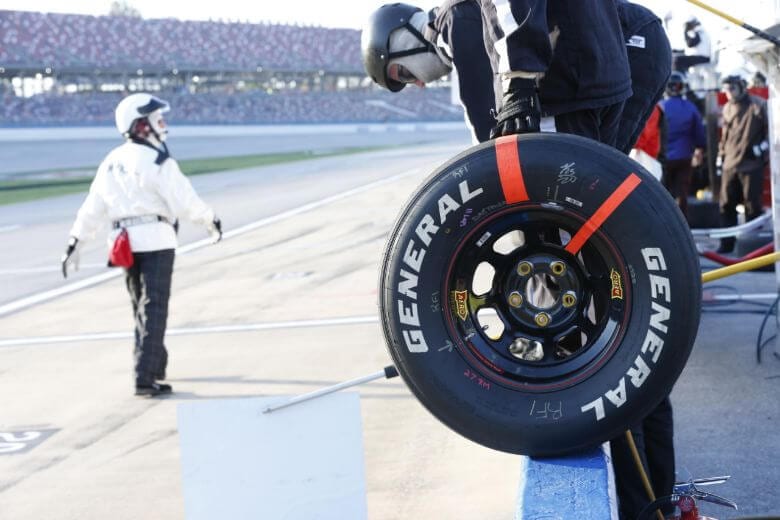
Mary Alice Morris
Apr 21, 2022
If you’re looking for moving companies in the Indianapolis area, here’s a list of the top five companies.
Mary Alice Morris
Apr 19, 2022
From morning news radio on your commute to classic and soft rock tunes to get you through the afternoon, these are the best Rochester radio stations.
Mary Alice Morris
Apr 18, 2022
Home Insurance
Land Rover
Property Protection Insurance
Ferrari
Infiniti
Auto Refinance
Towing
Car Wash
Drivers with Disabilities
International Drivers
Holidays
Backup Cameras
Dairyland Insurance
Title Transfers
Volkswagen
Jerry Original Data
Car Insurance Fraud
Supercars
Driving Record
Oregon
Maryland
Porsche
Movies
Muscle Cars
No long forms
No spam or unwanted phone calls
Quotes from top insurance companies
Find insurance savings — it's 100% free
Toyota
Hyundai
Mercedes-Benz
Subaru
Chevrolet
Mitsubishi
Editorial credit: Fabio Pagani / Shutterstock. com
com
In 2022 everything about the NASCAR Cup Series cars changed, including the wheels and tires. The cars went from the standard steel 15″ rim to an aluminum 18″ rim. The thought behind the change was that most newer cars have larger rims and tires on them, so to make the cars on the track closer to the cars on the road (which is a requirement that NASCAR has in place). But the question is, how much does a NASCAR tire weigh?
The 18″ NASCAR Goodyear Eagle tire weighs around 26 pounds, and the aluminum BBC racing rim used on all the cars weighs approximately 22 pounds. When the numbers are added up, the total combined weight of the tire and rim on a NASCAR Cup Series car is 48 pounds.
Until this year, the tires and rims used were much different. The 15-inch rims were made of steel, so they were much more durable and heavier than they needed to be. They weighed about 27 pounds, and the tire was 25 pounds. This made a combined weight of 52 pounds, which was heavier than the current rims and tires that are larger.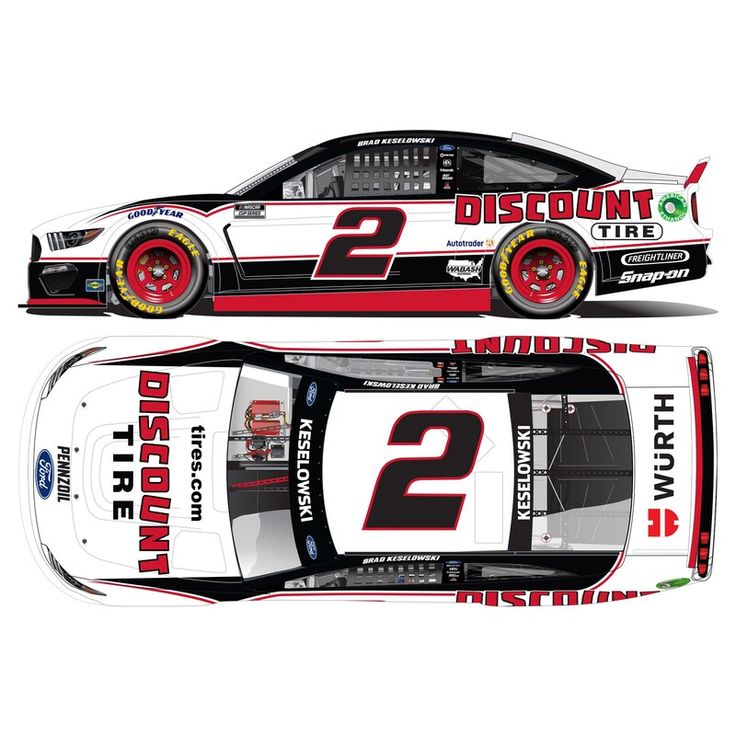 Let’s look at the old and the new types and figure out why NASCAR decided to make this change.
Let’s look at the old and the new types and figure out why NASCAR decided to make this change.
You may not think the tire’s weight will make a difference to the car, and in a way, you would be right. All the NASCAR Cup cars have the exact tire and rims because the rules are set to keep the cars on an even playing field. This ensures that none of the cars have an advantage over the competitors, making it a race of strategy and driver skill.
This year, 2022, brought about a new tire and rim set up to make them closer to the street cars they mimic, which is another rule NASCAR has set into place. They are much bigger in size but weigh less than the tires and rims they replaced.
Before the end of 2021, the tires and rims were the average sizes of the tires used on the roads.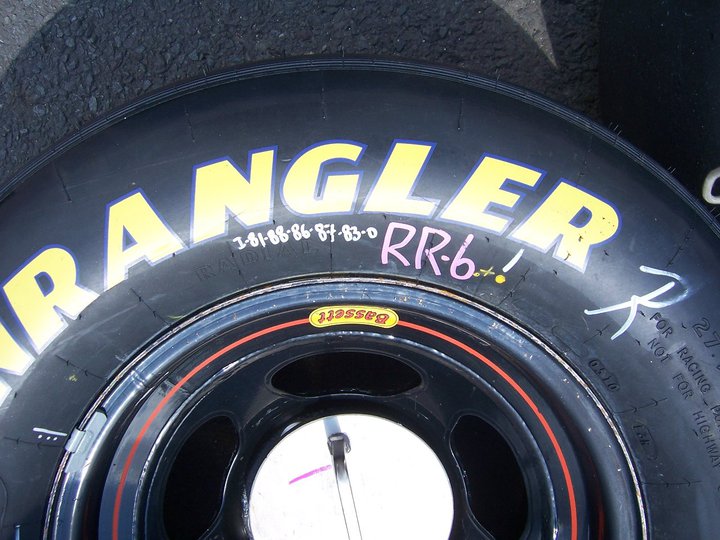 They were old-school when you consider how long they have been obsolete from the cars and trucks of today.
They were old-school when you consider how long they have been obsolete from the cars and trucks of today.
The difference between the two is small, but when you are talking about the car’s weight, it makes a difference in how the car handles on the road. The bigger the tire, the less rubber they burn when spinning out and mashing on the brakes to go around a corner.
Everything changed in 2022 when the next generation car became the go-to stock car for the NASCAR Cup Series cars. The 15″ tires were swapped out for 18″, but since a steel rim of that size would weigh too much for the pit crews to handle, the rims became forged aluminum BBC ones that weighed less but could still handle the rigors of the racetracks.
But the real reason that NASCAR implemented changes was to make the car look closer to the Chevrolet Camaro, Toyota Camry, and the Ford Mustang that you would be driving on the road. The whole point of a stock car is to be like their siblings that drive through the city streets every day.
Of course, this is not entirely possible because of the stock cars’ safety protocols, but the closer they get to the street car, the better off they are. Car owners are happy because they fall within the guidelines set by NASCAR officials, and the fans are delighted because they resemble the cars they have in the driveway.
That is not the only reason that they changed sizes, though. They also wanted to have their designs closer to the other racing cars, such as the Indy cars, because it made things easier for the company. The tires and rims match their sizes, as does the switch to one large center lug nut to hold the tire in place. This speeds up the times in the pit and makes it much easier to change them out when needed.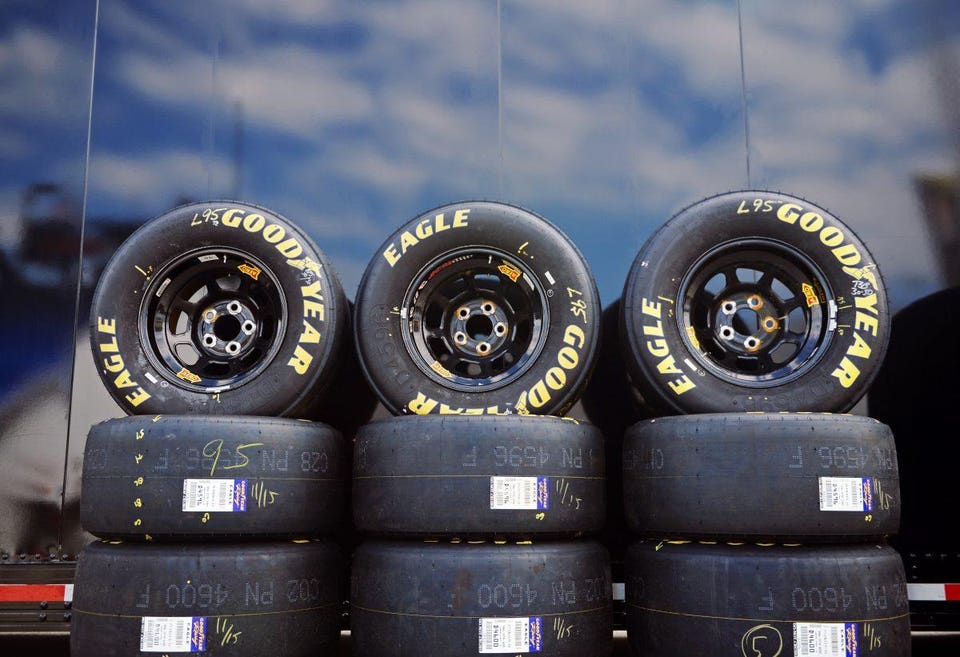 That is, of course, if they get them locked into place.
That is, of course, if they get them locked into place.
The tires are not the same as those you can find for sale in your local tire shop. They are designed specifically for racing, adding extra grip and stability that NASCAR cars require to stay on the track at such high speeds.
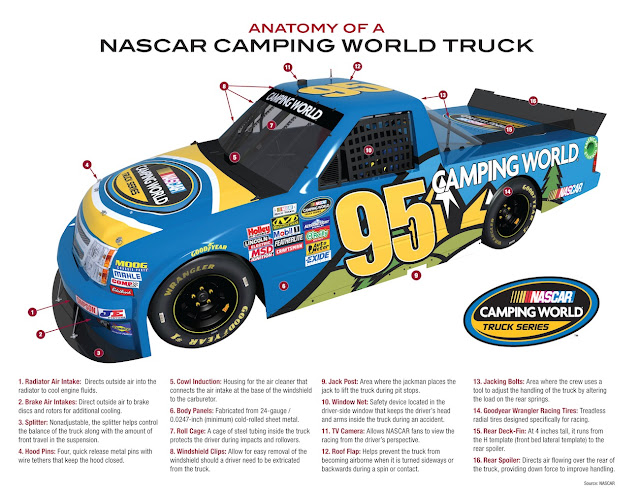 It has its own air, allowing the car to limp into the pit if they have a blowout.
It has its own air, allowing the car to limp into the pit if they have a blowout.Goodyear has decided to step up and let the drivers and their teams know that the tires recommended air pressure is not really a suggestion. They spend time and money putting the tires through rigorous tests to find the perfect balance when on the race track.
For safety and performance, the teams should follow their guidelines. As of yet, NASCAR has not many changes to their rules for the air pressure limits on the left side tires. The teams think the rules should be left as they are because it makes the field more competitive.
Lower air pressure definitely helps with grip, giving the driver an advantage, but it also creates a tire that overheats and blows out. It is a shake of the dice for each team to see how they want to run.
We have many more facts and information articles on NASCAR (and other) tires on the site. you can check out a few below.
The amount that a NASCAR tire weigh can vary by a few psi depending upon how low the teams decide to go down on the left tires. 48 pounds is the total weight of the tires when aired up to the recommended or required amounts. A few psi can make a huge difference, which is why some think all tires should be at one set amount.
Other teams feel it should be up to them about how they want to run because every driver goes through the corners differently. The tires need to be adjusted to the driving habits of the person behind the wheel, just like the suspension and other settings are.
Either way, the ease that these pit crews seem to throw these 40 lb plus tires around is something that needs to be respected!
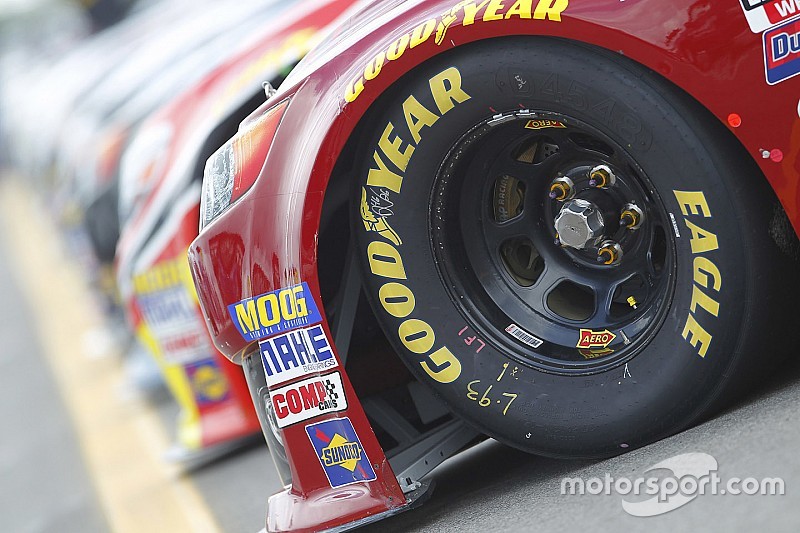 org/2020/03/05/nascar-nextgen-wheels/
org/2020/03/05/nascar-nextgen-wheels/Martin Truex Jr. of Furniture Row Racing won the NASCAR Cup Series this season, using Brembo brakes all season.
The technical regulations remain true to tradition with a tubular steel frame, 5.860 liter V8 engines, 4-speed manual transmission, the same fuel and the same tires for all 5.3m long and 1.94m wide vehicles. Even in appearance, not all cars can be distinguished from the cars that competed in Nascar at 1970s.
Absolutely nothing to do with Formula 1 cars - not even with cars competing in GT championships around the world and in championships from DTM to World Endurance (endurance racing, FIA WEC). However, that doesn't mean that NASCAR Cup Series cars are old-fashioned, as teams do endless research in areas that are allowed by the rules, including wind tunnel testing. High speed is extremely important on oval tracks.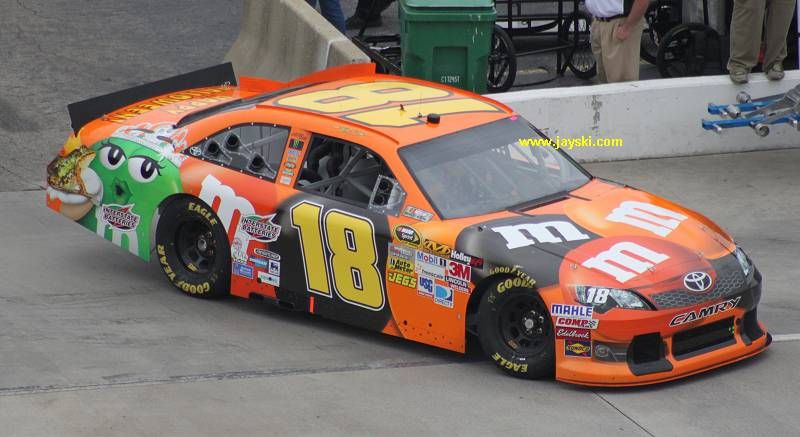
And what's most surprising for those who don't know about the NASCAR Cup Series yet is the particular focus on braking systems in terms of design and application. The 2017 Nascar Cup season was won by Martin Truex Jr. with Brembo brakes. During 36 races during the season, his Furniture Raw Racing team (Toyota) used different types of brake discs, calipers and brake pads depending on each race track. That's why we would like to debunk 5 myths about the brakes used in this championship.
1) Brakes are not critical because races are only held on oval tracks? FALSE
At least a couple of races are held on the road every year: in 2017, NASCAR Cup championship cars competed at Sonoma Raceway (3.2 km with 10 turns) and Watkins Glen (5.4 km with 11 turns). Obviously, the brakes are used on such tracks to slow down before entering the corner. On average, the brakes are used for 20 to 30 seconds per lap, which is equivalent to 30 percent of the duration of the race.
2) Brakes are used very little or not at all on oval tracks. WRONG
On medium-length oval tracks such as Talladega, Daytona and Indianapolis, drivers only use their brakes when making pit stops or when yellow flags appear. However, the NASCAR Cup Series also includes shorter oval tracks known as short tracks with laps ranging from 0.8 to 1.6 km. In this case, the brakes assist the cars in the corners and are used twice on each lap throughout those corners: they are an integral part of the vehicle configuration and are used by drivers to determine and maintain their preferred trajectories. For example, on the Martinsville circuit, the brakes are applied for approximately 6-7 seconds for each of the two corners. In fact, drivers end up using the brakes more than the accelerator pedal.
3) Brake systems are the same for all circuits, as in F 1. FALSE
Unlike Formula 1, which uses the same brake caliper model throughout the season, the NASCAR Cup championship includes 3 types of oval tracks and therefore requires the same number of brake calipers because the brakes are used differently. The brakes are never used during Super Speedway events (4 km oval tracks) except at pit stops or when yellow flags appear. On medium tracks (oval tracks from 1.6 to 4 km) the brakes are used to a very limited extent, while racing on short tracks means that the braking system remains in working order throughout the turn. As a result, Super Speedways use smaller calipers, Short Tracks require larger calipers, while medium tracks require intermediate calipers. In addition, the sizes of the discs used in Formula 1 are the same throughout the season: only the vents change, and for the NASCAR series, the diameter and thickness of the front discs also change depending on the type of track.
4) Brake systems are the same for all drivers. WRONG
In order to control the temperature of the caliper and disc, each team needs different types of ventilation, depending on the aerodynamic needs of each individual car. To meet these needs, Brembo is researching specific solutions for disc ventilation ducts. Moreover, since even on the same team there can be drivers with different braking styles (some drivers use the car style, with initially intense and then decreasing braking, others prefer the opposite approach), two teammates can use different friction materials and different discs.
5) The brake systems are very heavy compared to those used in the F1, DTM and GT championships. FALSE
It can be assumed that impressive braking systems are required in order to brake cars weighing more than one and a half tons. However, the Brembo 6-piston front caliper for Short Track cars weighs only 2.8 kg, while the front 4-piston caliper for Super Speedway weighs no more than 2.3 kg. Cast iron rims obviously weigh more than the carbon rims used in Formula 1: for NASCAR, a 328mm diameter, 42mm thick Short Track disc weighs 10.5kg, and an ultralight 328mm diameter, 28mm thick Super Speedway disc. weighs 4.9kg.
However, the Brembo 6-piston front caliper for Short Track cars weighs only 2.8 kg, while the front 4-piston caliper for Super Speedway weighs no more than 2.3 kg. Cast iron rims obviously weigh more than the carbon rims used in Formula 1: for NASCAR, a 328mm diameter, 42mm thick Short Track disc weighs 10.5kg, and an ultralight 328mm diameter, 28mm thick Super Speedway disc. weighs 4.9kg.
Pure speed is not the most important thing.
The new regulation in Formula 1 is eagerly awaited as it will help equalize all the teams and mix up the peloton, potentially ending the dominance of Mercedes and a bit of Red Bull. And one of the ways to increase competition and the intensity of the fight is related to the design of the wheels.
Grand Prix now uses 13-inch wheels that seemed to be perfect for racing cars./cdn.vox-cdn.com/uploads/chorus_asset/file/19199780/nascar1.jpg)
“The type we use today is a great option for high speeds,” says former Mercedes technical director James Ellison. “Rubber interacts very effectively with the track, it is light, works as an excellent suspension element and provides the driver with a comfortable ride. You get more grip."
But F1 will switch to 18-inch wheels from 2022. You have even probably already seen them: the whole year the teams regularly test the new product. For example, the Russian Haas pilot Nikita Mazepin recently tested it:
Nikita has begun his day’s running at Silverstone on the 18-inch prototype Pirelli tires which will be used in 2022. #HaasF1 #Fit4F1 pic.twitter.com/szCS2oJObn
— Haas F1 Team (@HaasF1Team) July 20, 2021
However, the wheel design change is also controversial, due to the ambiguous appearance and huge impact on the vehicle. One of the dissatisfied is just Allison.
“In terms of lap speed, the current wheels are a better choice. The new design will be heavier, the tire will have worse grip, and it will be uncomfortable to drive. With new wheels, cars will slow down for a second or two. I guess if you're a 13-year-old boy or a fan of the Fast & Furious movie series, you'll love the look of the discs," James scoffed.
The new design will be heavier, the tire will have worse grip, and it will be uncomfortable to drive. With new wheels, cars will slow down for a second or two. I guess if you're a 13-year-old boy or a fan of the Fast & Furious movie series, you'll love the look of the discs," James scoffed.
So why, then, did Formula 1 engage in such experiments? Is it really now that the series is aimed only at teenagers, or does the technical novelty have other goals?
Of course, increasing the weight of the wheels will greatly affect the speed of the cars. For example, a regular wheel weighs 9.4 kg, add another inch and you get even 10.7 kg (+1.3 kg). It turns out that the total weight of the car will increase by 5.2 kg - tantamount to the loss of 5.7 hp, which is very solid for Formula 1, from engine power. But in reality, the disks will increase by as much as five inches!
True, it is not yet possible to truly assess the impact of the new design: all data is kept under strict confidence.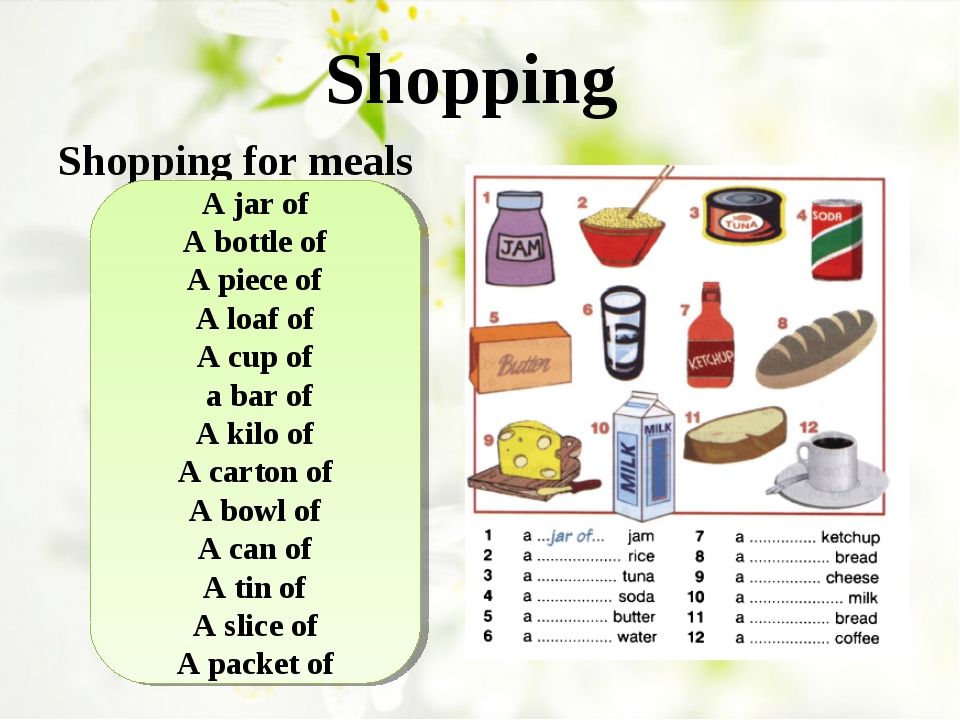 Therefore, we restrict ourselves to information about 13-inch disks in 2001: then their weight was 4 kg. 18-inch wheels made of the same material and the same design would weigh about twice as much - and the car would add 15.7 kg in weight. Equivalent to a power drop of 17 hp!
Therefore, we restrict ourselves to information about 13-inch disks in 2001: then their weight was 4 kg. 18-inch wheels made of the same material and the same design would weigh about twice as much - and the car would add 15.7 kg in weight. Equivalent to a power drop of 17 hp!
But still, even the loss of 17 hp. is not equal to the extra two seconds of Ellison's assurances. According to rumors, the loss of 1 hp. - this is about 0.016 seconds per lap - and if you believe this formula, then with the new rubber, the cars will slow down by only 0.25 seconds.
However, there is a catch: the new tires have a smaller sidewall - only 135 mm - and a larger diameter (725 mm versus 670 mm of the current type). It turns out that the cars will need a new suspension with larger springs and shock absorbers. Accordingly, the additional weight will lead to further deceleration.
However, a simple loss of speed is not so bad in itself. Modern wheels are the catalyst for many problems: it is now very difficult to control their work - and on almost any track, teams have great difficulty with suspension settings.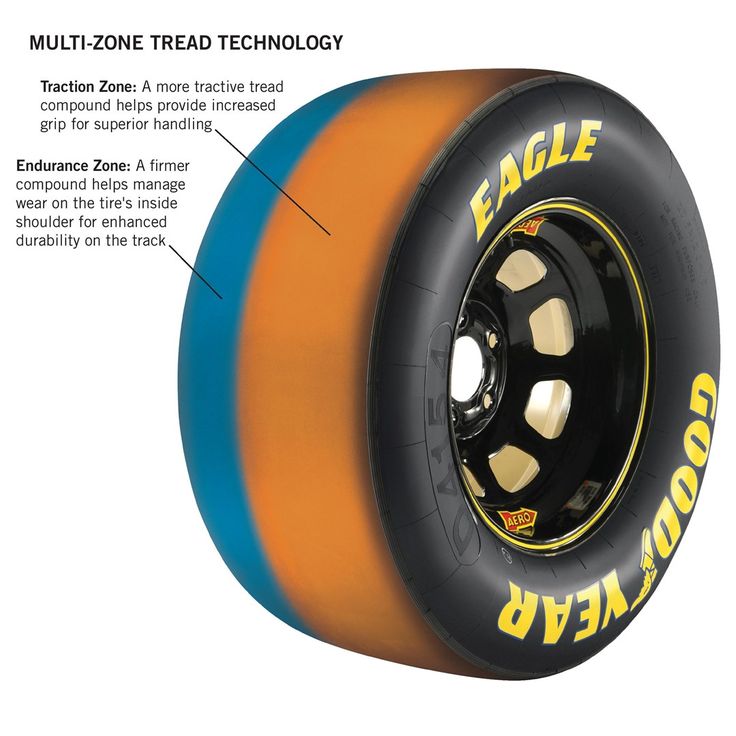 A small sidewall leads to more customization options, so it only increases competition, intrigue and interest.
A small sidewall leads to more customization options, so it only increases competition, intrigue and interest.
In theory, Allison is right: the cars will slow down. But it is impossible to accurately predict the resulting loss in speed due to lack of information. And it’s hardly worth thinking seriously about this: in return, we will finally see an even tighter fight between engineers. Is this not joy?
From 2022, the aerodynamic kit of the cars will also change significantly. Most importantly, cars will become simpler (a lot of deflectors and other elements will disappear from the pontoons alone).
A post shared by FORMULA 1® (@f1)
A post shared by FORMULA 1® (@f1)
True, the authors of the idea were most interested not in safety, but in playing with "dirty" air - the main enemy of overtaking and entertainment in modern F-1. It is because of him that we sometimes see such boring races.
In short, "dirty" air refers to the area of low pressure and turbulence right behind the car. It creates a slipstream: the downforce of the overtaking car is reduced by 40-50%, and it becomes faster than the pursued one. But acceleration works only on straight lines, and in corners, the lack of downforce creates problems with traction - and the car is forced to slow down.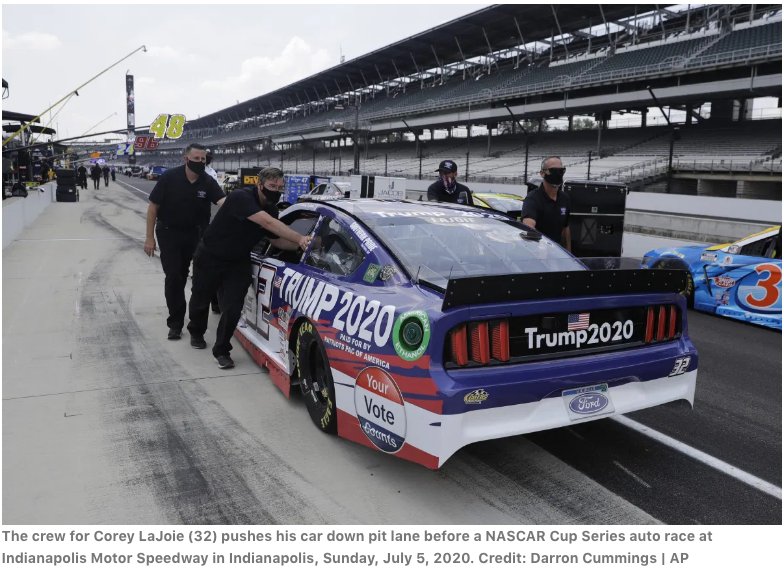 As a result, catching up with an opponent is not always realistic.
As a result, catching up with an opponent is not always realistic.
View this Instagram post
Post by FORMULA 1® (@f1)
The whole new regulation is built around the idea of reducing the effect of "dirty air" - "F-1" will even return extreme parts banned in 1983 to generate more "clean" downforce. Everything is described in maximum detail here:
The 18-inch rims will play their part: it is the wheels that create most of the "dirty" air. Wide sidewalls constantly change shape during the race and therefore create additional turbulence. A narrower sidewall is not as prone to vibration - the number of problems will decrease. Also, special winglets (small wings) - “cleaning blades” will be placed above the wheels. They should slow down the turbulent air and reduce the area of low pressure.
They should slow down the turbulent air and reduce the area of low pressure.
Not only Formula 1 will switch to 18-inch wheels: the wheel revolution is still waiting for NASCAR (also from 2022) and Indycar (from 2023). The management of each series explains the choice as a desire for greater connection with road cars.
“For mass-produced cars, power doesn't matter, it's all about economy, and this type of tire is the best fit,” explains James Ellison. “Combining the racing world with the ordinary makes our work relevant to the automotive industry. It is also important that [with the new wheels] the manufacturers themselves will be more interested in Formula 1 – and it needs reliable and long-term partners.”
And the prospect of more competitive racing and technical battles is definitely worth even 1-2 seconds per lap, isn't it?
